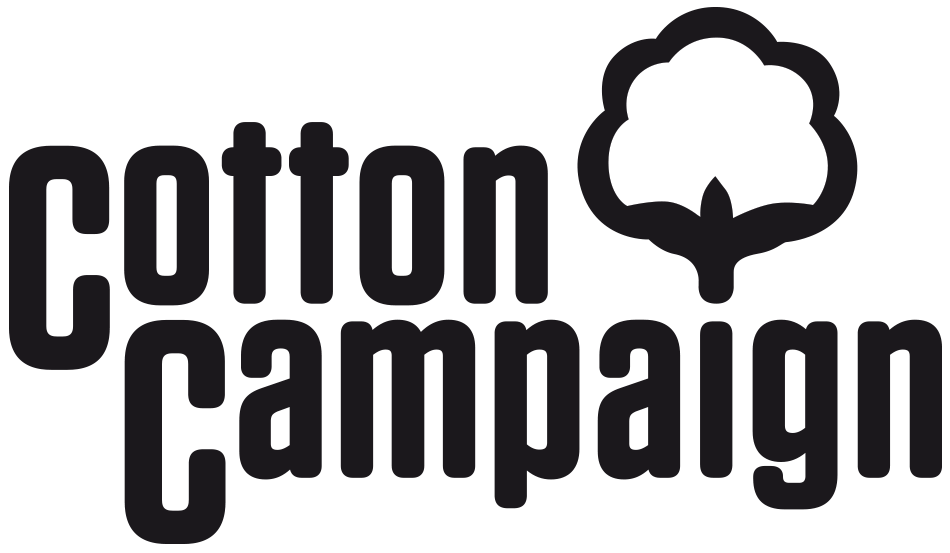Cotton Campaign Submission to the U.S. Trade Representative for the Development of a Trade Strategy to Combat Forced Labor
Recommendations for a Comprehensive Trade Strategy to Block Goods Made with Forced Labor Turkmen Cotton from Entering the U.S. and Pressure the Government of Turkmenistan to Reform its Forced Labor System in the Production of Cotton
Submitted to the USTR in response to the Request for Comments published on 6 July 2022
The Cotton Campaign welcomes the opportunity to provide written comments to inform the development of the U.S. Trade Representative’s strategy to combat forced labor. This submission outlines key points for a comprehensive trade strategy to complement and strengthen other U.S. government measures to combat forced labor in Turkmenistan. These include the Withhold Release Order (WRO) against cotton from Turkmenistan, in place since May 2018, and Turkmenistan’s Tier 3 ranking in the Department of State’s Trafficking in Persons report. We also include recommendations to use trade mechanisms to engage all relevant U.S. federal agencies, policy makers, brands and retailers, and civil society to eliminate forced labor Turkmen cotton from global supply chains.
Research by the Cotton Campaign reveals that e-commerce platforms including K-mart, Sears, and Amazon among others, are retailing cotton home textiles produced in Turkmenistan. This means that products made with Turkmen cotton enter the U.S. in violation of the WRO. The Cotton Campaign estimates that these examples only scratch the surface of the problem. Our supply chain research shows that producers in third countries including Turkey, Pakistan, or Portugal among others, use Turkmen cotton, yarn, and fabric in the production of garments and textiles which find their way into the global markets, including the EU, the U.S., and Canada.
A comprehensive trade strategy to effectively block forced labor Turkmen cotton products from entering the U.S. must be able to capture the complexities of the global cotton supply chains. The production of cotton goods covers several stages–including the harvesting of cotton, ginning cotton, spinning cotton into yarn, weaving yarn into fabric, and sewing fabric into finished goods–that often take place across different production countries. This submission includes findings from supply chain research conducted by the Cotton Campaign revealing trade flows that allow Turkmen cotton to enter the supply chains of brands headquarters or retailing in the U.S.; and provides recommendations for addressing the gaps and the risks exposed by this research.

